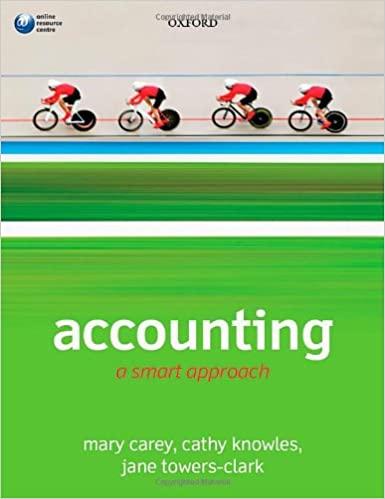Required information Problem 4-26A Comprehensive cycle problem: Perpetual system LO 4-2, 4-3, 4-4,4-5, 4-6, 4-7 (The following information applies to the questions displayed below.) At the beginning of Year 2, the Redd Company had the following balances in its accounts: Cash Inventory Land Common stock Retained earnings $ 6,900 15,000 7,000 15,000 13,900 During Year 2, the company experienced the following events: 1. Purchased inventory that cost $5,200 on account from Ross Company under terms 1/10, n/30. The merchandise was delivered FOB shipping point. Freight costs of $190 were paid in cash. 2. Returned $400 of the inventory it had purchased from Ross Company because the inventory was damaged in transit. The seller agreed to pay the return freight cost. 3. Paid the amount due on its account payable to Ross Company within the cash discount period. 4. Sold inventory that had cost $6,800 for $12,100 on account, under terms 2/10, n/45. 5. Received merchandise returned from a customer. The merchandise originally cost $900 and was sold to the customer for $1,680 cash. The customer was paid $1,680 cash for the returned merchandise. 6. Delivered goods FOB destination in Event 4. Freight costs of $140 were paid in cash. 7. Collected the amount due on the account receivable within the discount period. 8. Sold the land for $8,500. 9. Recognized accrued interest income of $600. 10. Took a physical count indicating that $13,400 of inventory was on hand at the end of the accounting period. (Hint: Determine the current balance in the inventory account before calculating the amount of the inventory write down.) Problem 4-26A Partc 5 c. Post the beginning balances and the events to the T-accounts. Note that these ledger accounts will also be used when posting the closing entry that is created in Part e. Merchandise inventory Bog. Bal Bog Bal OR End. Bal End, Bal Bal rences Accounts Receivablo Interest Receivable Beg Bal Beg Bal End Bal End. Bal Land Accounts Payable Beg Ba Beg Bal ! Required information End. Bal End. Bal Common Stock Retained Earnings Beg Bal Beg. Bal End. Bal End. Bal Sales Revenue Cost of Goods Sold Beg. Bal Beg. Bal Bal Bal Transportation-out Interest Revenue Beg Bal Bog. Bal Bal Bal w 1 wwy. Required information Bal Bal Transportation-out Interest Revenue Beg. Bal Beg. Bal Bal Bal Gain on Sale of Land Beg. Bal Bal










